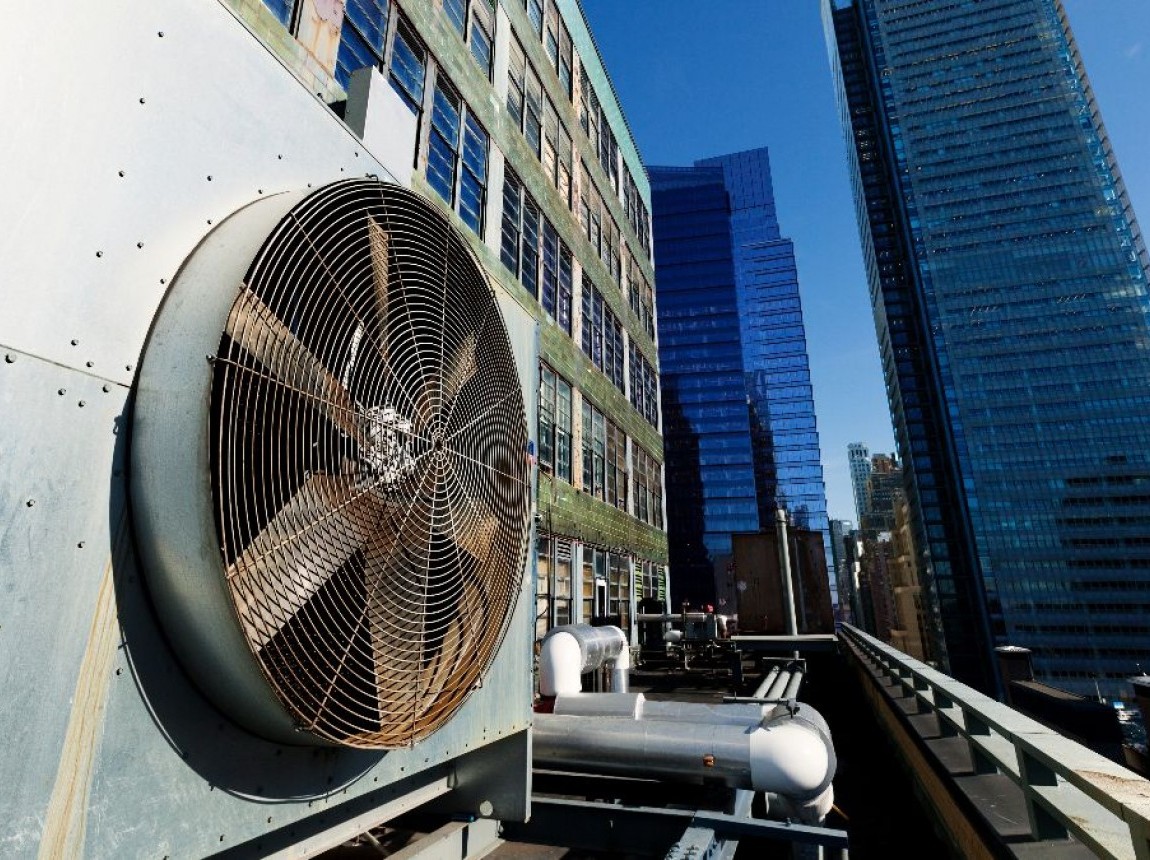VW & Remote Emissions Monitoring
+ Kevin Cromar
The Environmental Protection Agency (EPA) should of course punish any auto manufacturer that does what Volkswagen has admitted to having done, selling cars that emit illegal levels of dangerous pollutants. This punishment should be done in a way that deters future malfeasance, not only by automakers, but by any company using software or hardware to intentionally avoid compliance with regulatory guidelines.
But despite the furor that Volkswagen’s decision provoked, the EPA and local agencies should not try, as a reactionary measure, to revise the system of auto inspections imposed on existing car owners in hopes of catching a few rare instances of bad corporate behavior. It should only change its post-sale Inspection and Maintenance (I/M) programs when it sees a way to improve public health or reduce the cost and inconvenience for consumers. As it turns out, new technologies that monitor vehicle emissions in real-time offer big gains from both of these potential benefits. As a minor but fortuitous side effect, they will also make it harder to break the rules without getting caught.
One clear sign of the success of the Clean Air Act is that air quality in the United States has steadily improved even as total vehicle miles traveled have increased. This progress resulted from a combination of tighter standards, which meant that new cars left the factory with better emissions control systems, and I/M programs that made sure that the emissions control systems were fixed after one of its parts, often a sensor, malfunctions.
Volkswagen recently acknowledged that it installed software in its 4-cylinder diesel engines from model years 2009-2015 that rendered meaningless the periodic tests required under the I/M programs. So it is reasonable ask whether these programs should be modified.
Intentional circumvention of emission inspection requirements is an old problem but a rare one. Whether undertaken by unscrupulous inspection shop technicians, vehicle owners using techniques from internet videos, or as in the Volkswagen case, by a vehicle manufacturer that uses software to turn off emission control system except when the car is being tested, the fraction of all vehicles that emit excessive amounts of pollution and escape detection during the required periodic tests is a small fraction of one percent. Imposing costly new layers of testing on the vast majority of honest consumers with compliant cars would be a wasteful and unfair way to catch a small number of intentional violations.
To protect public health, the EPA should focus instead on the much higher number of vehicles that unintentionally operate with a broken emissions control system for an average of six months before the problem is detected by the next required inspection. Anywhere between 3-5% of vehicles don't pass annual inspections even though it typically takes only a minor repair to get the system working again. Improvements to I/M programs that focus on early identification and repair of such vehicles will deliver substantial public health benefits. Experiments with revised inspection systems suggest that the best way to achieve early identification is to augment the required annual visit to an inspection shop with remote, automated, real-time emission monitoring.
When combined with small economic incentives for early repair, a system that catches malfunctions sooner can substantially reduce excess motor vehicle emissions. It can also save the hundreds of millions of car owners with vehicles that operate within established emission standards the trouble and expense of an unneeded visit to a testing site. The transition to real-time monitoring requires only that an inexpensive device be plugged into a port that all cars produced since 1996 already have. All that is needed to begin this transition is a willingness by federal, state and local air quality planners to embrace a small change in the approach to emission testing that takes advantage of technologies that were not available when most of the current I/M programs were originally put in place.
The irony of improved vehicle emissions management is that by not focusing on catching the small number of intentional violations, and focusing instead on early identification and repair of the much larger number of unidentified non-compliant vehicles that need small repairs, the opportunities for illegal behavior greatly decrease. If there is a silver lining in Volkswagen's intentional bypassing of emission requirements, it will come from the realization that real-time emission monitoring is feasible now, will significantly reduce pollution, will cost less than the current system, and will, incidentally, make it more difficult for similar frauds to go undetected in the future.
Tile image courtesy of Prayitno


